The debate over hazard reduction burns after ‘catastrophic’ fire threat
Debate has raged over how the bushfires Australia has battled could have been reduced in power. But one issue continues to dominate.

Planned burning is an effective way of reducing bushfire disasters, like those seen in southern Queensland and northern NSW, but there are growing challenges in getting it done.
And despite commentary from political figures, one of those challenges isn’t pressure from environmentalists and The Greens to scale back hazard reduction efforts, one expert says.
Professor David Bowman, director of the Fire Centre Research Hub at the University of Tasmania, said it was becoming harder to carry out preventive burns.
Professor Bowman said there were risks to preventive burning and fire agencies were limited by things like weather.
“The weather windows are shrinking and if you burn in the wrong conditions you can also smoke out cities and create ill health,” he told news.com.au.
Some vegetation types were hard to burn safely including wet forests because they are really combustible so can easily turn into a bushfire.
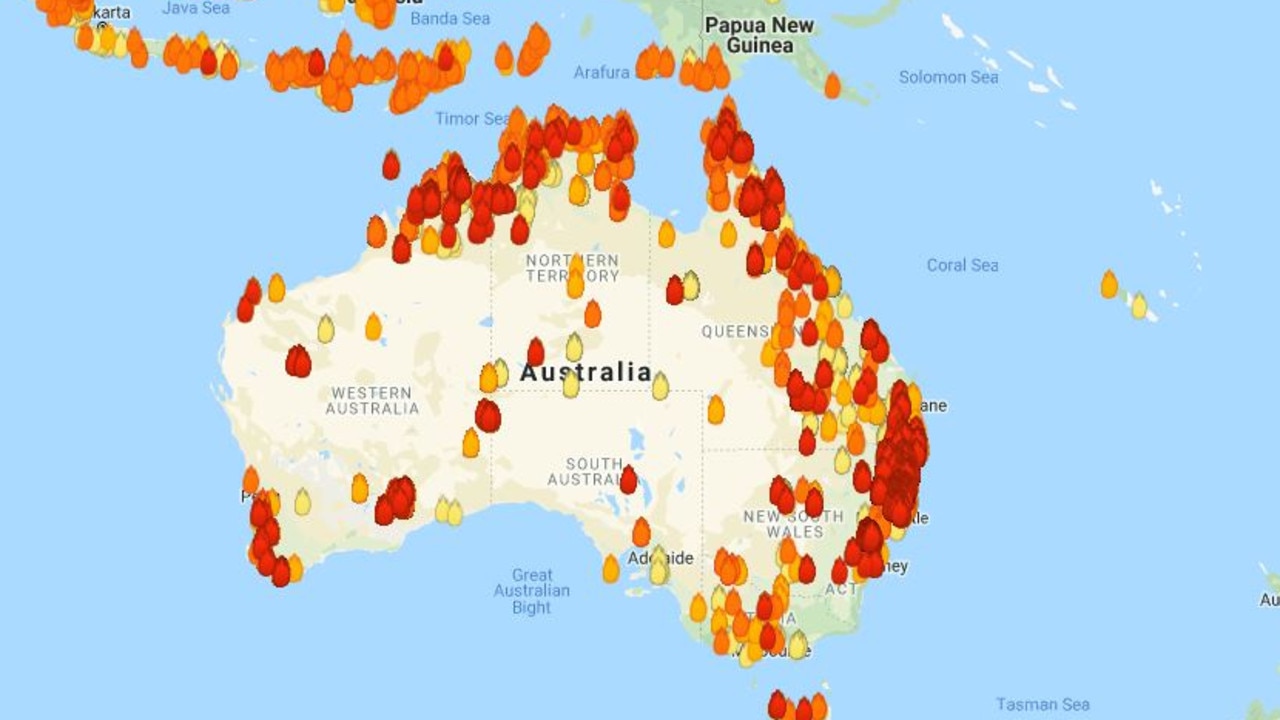
Certain types of terrain are also dangerous because people can get trapped during burns and Professor Bowman said some people had died this way.
He said the suggestion that The Greens had a “controlling voice or are an influence in any way” was not true.
“It’s sort of wishful thinking because the reality is the Greens don’t have much power over fire management,” he said.
“A lot of environmentalists would be pleased as punch if they had that level of control of bushfire management.”
While there are concerns from environmentalists about the most appropriate approaches to planned burns, Professor Bowman said that hadn’t significantly impeded fire management processes.
Those concerns were also understandable because of the risks involved with preventive burns.
“It’s not a trouble-free program and it’s got to be dealt with on a case-by-case basis,” he said.
One of the biggest challenges was resourcing and he said planned burns were expensive and required significant manpower, both on the ground and in the air.
Another major issue is that the window to carry out hazard reductions is getting narrower due to hotter and dryer conditions that endure for longer periods of time.
LIVE: ‘Long way to go’ in fight against NSW, Queensland bushfires
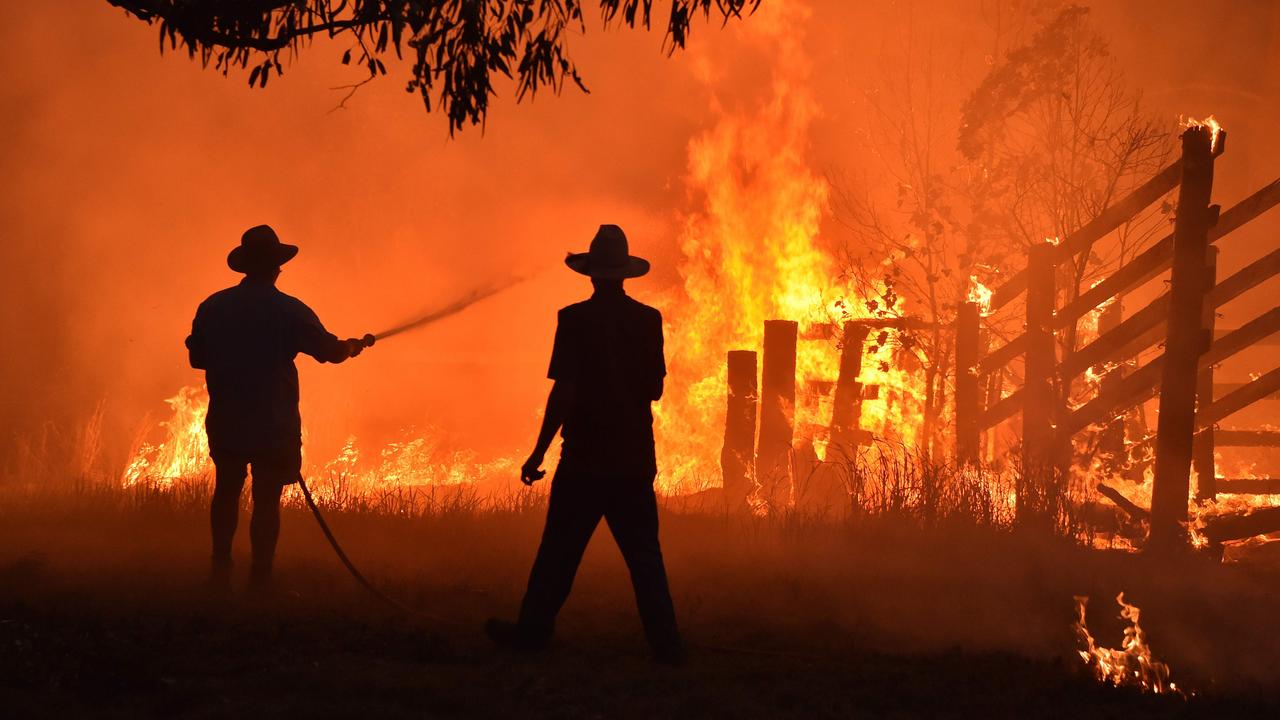

Former NSW fire commissioner Greg Mullins echoed the sentiments during an appearance on The Project on Monday.
“The environmental laws are fairly strict because it was indiscriminate burning many years ago, it’s not impossible to get hazard reductions done through their process, the problem is, it’s drier and hotter,” Mr Mullins told the program.
“Round here we’ve been trying to do hazard reductions all year, it’s either too wet, or too hot and dry and they get away from us.
“Yes we need to do more fuel reduction burns, if only we had the window like we used to.”
When asked by host Waleed Aly if the impact of climate change was making it harder to do hazard reduction burns before bushfires, Mr Mullins responded: “Precisely”.
Nationals MP Barnaby Joyce created controversy on Tuesday when he suggested The Greens were responsible for increasing the threat of bushfires by opposing hazard reduction burns.
“The problems we have got have been created by the Greens,” Mr Joyce told The Australian.
“We haven’t had the capacity to easily access (hazard) reduction burns because of all of the paperwork that is part of green policy.”
RELATED: PM responds to ‘vile’ comments from Barnaby Joyce
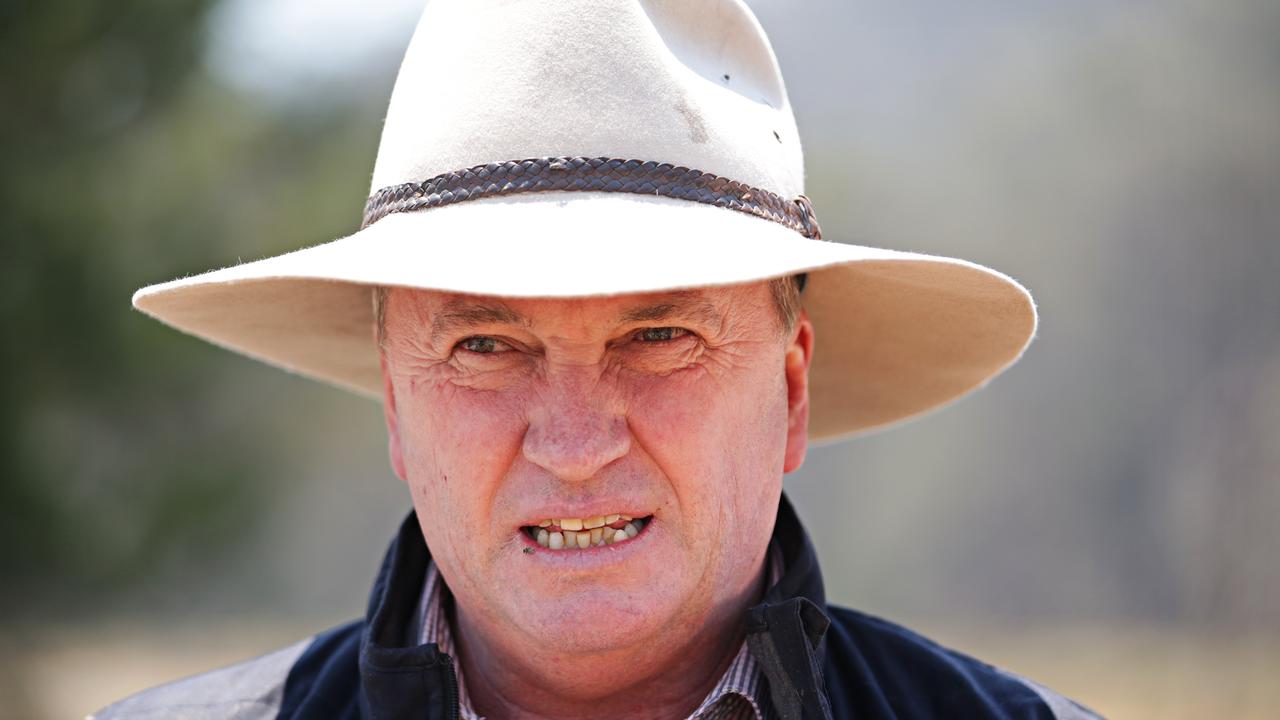
It was a claim put to Mr Mullins by broadcaster Steve Price in his appearance on The Project on Monday: “It’s this five to 10 years worth of growth, we haven’t had any fuel reduction, largely due to green policies,” Price said.
He asked Mr Mullins whether it would be better having a strong, positive, debate about preventive burns rather than “going on about climate change”.
“That’s a fallacy, and it’s always trotted out like at times like this,” Mr Mullins said.
Professor Bowman agreed, reiterating today that fire management is bound by the constraints on resources and the practicalities of burning in developed areas.
The issues are more complicated in settled landscapes like those in NSW where people’s properties can sit next to national parks and urban centres.
“In the end you’ve got a liability issue,” he said.
“I get that people don’t like paperwork, they say they are a responsible person and want to be able to light it and burn it,” he said.
“But if a fire gets out of control there are almost certain to be serious financial and legal repercussions. That’s why we have regulations.
“It’s like saying road rules are really annoying and throwing them out of the window, you’ve got to have them because not everyone’s going to drive safely, that’s human nature.”
Politicians have been blaming each other for catastrophic weather conditions for the past few days, as firefighters struggled to get blazes under control this week.
The Greens blamed the bushfires on the Morrison Government’s climate change policy, while Mr Joyce accused The Greens of playing a major role.
Greens MP Adam Bandt has said the party does support hazard reduction burns guided by fire authorities.
RELATED: Barnaby Joyce lashes out during on-air interview
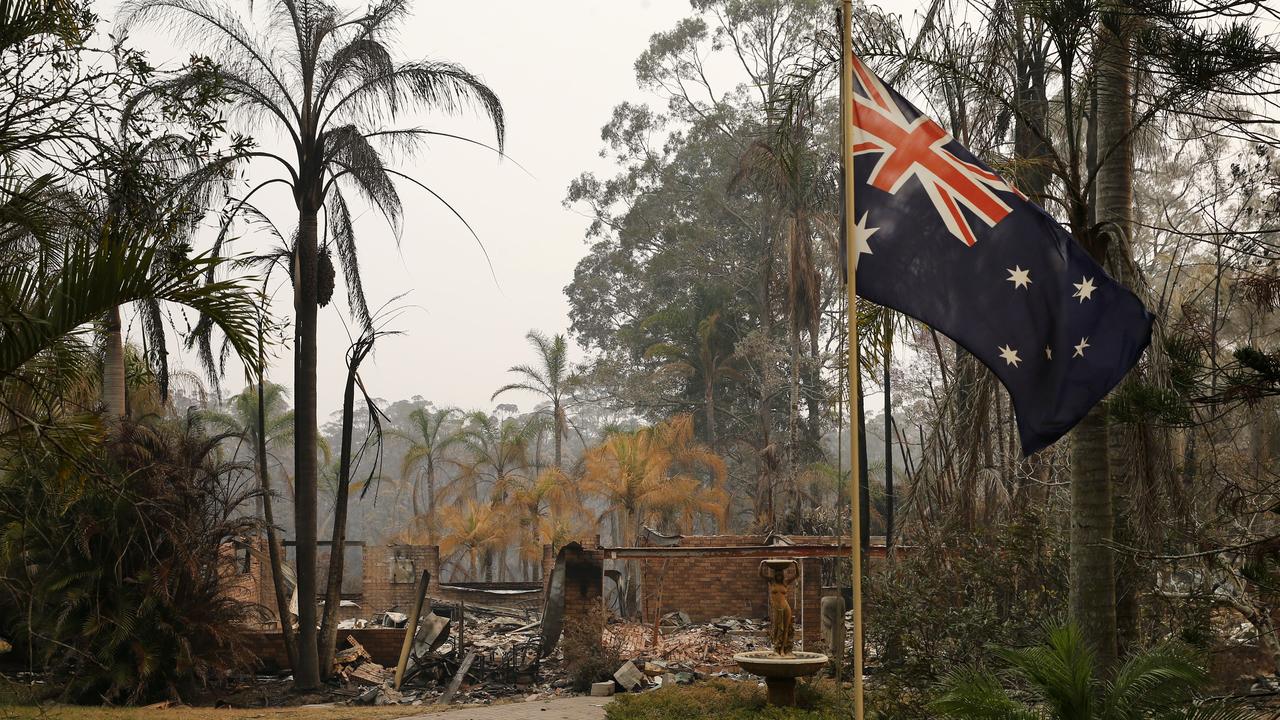
Professor Bowman said blaming environmentalists or the government had become a sort-of “catch-all term” for people to vent the frustrations they felt about not being able to do the burning they needed.
“When you pull it apart, it’s about constraints, the economic and legal constraints being the big ones, as well as the practical constraints” he said.
“The suggestion that fire managers are not doing everything in their power is bewildering. Of course they are … but they have to look after other people, they can’t burn other houses down and they can’t turn a blind eye to illegal burning.”
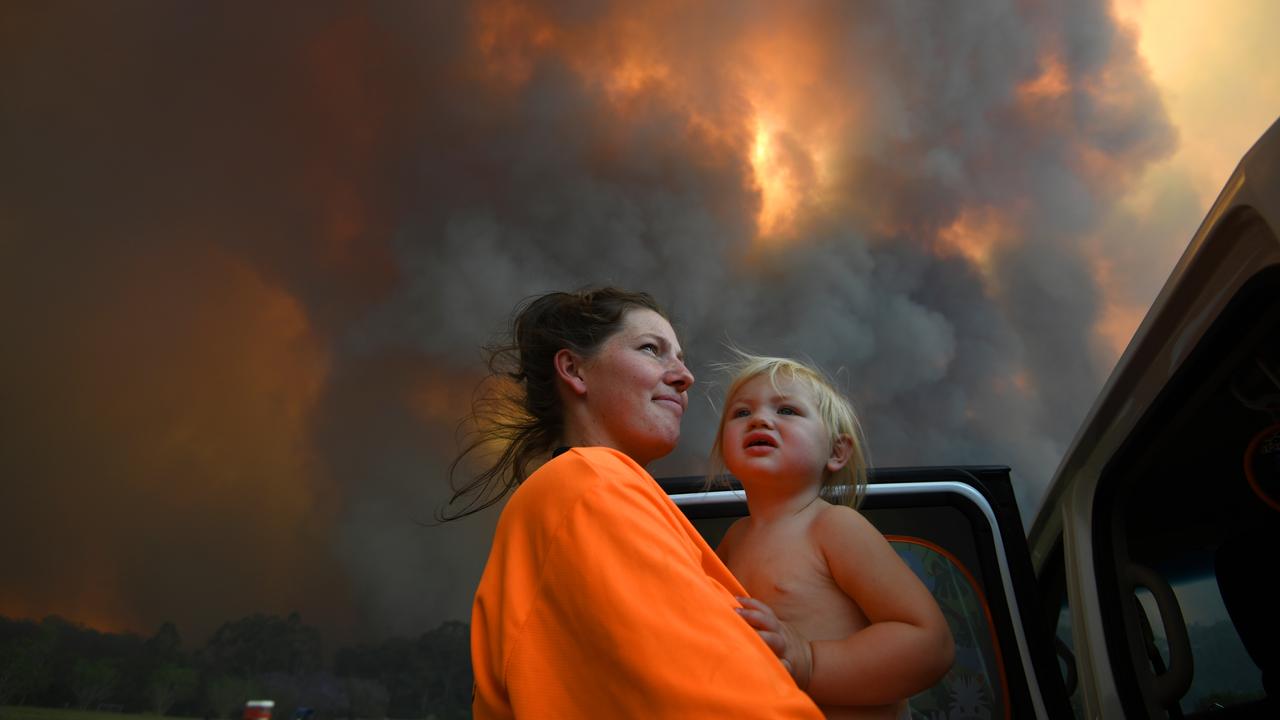
Professor Bowman said national park and forestry services were also chronically understaffed and this impacted how they burned because they were trying to use their budgets as effectively as possible.
This stopped them from doing the more “nuanced” burning they could do if they had a bigger budget. He believes fire management needs to be managed in the same way as roads are maintained.
“You don’t just do road maintenance every 10 years because things would fall into disrepair,” he said.
There were already some councils who employed people full-time to do fuel management all year round but this was a big investment. However, it was necessary.
“We’ve got to move away from our reliance on volunteers,” Prof Bowman said.
“As the climate is transitioning, we need a massive increase in investment.
“We need investment in training and research — all the boring stuff that’s not interesting in these arguments.”
RELATED: Lack of rain and soaring temperatures – the bushfire threat isn’t going anywhere

Professor Bowman said that every stakeholder on flammable land required more resources and there should also be better co-ordination between them.
“In the Northern Territory where you have vast landscapes of one tenure of aboriginal land or national park, it’s real simple,” he said.
“In southern states where you have towns, national parks, state forests, farms and tourist areas, it’s so much harder to do fuel management.
“Co-ordination is not something you can do on the fly and unfortunately we live in a civilisation that we’ve got to have regulation and compliance.”
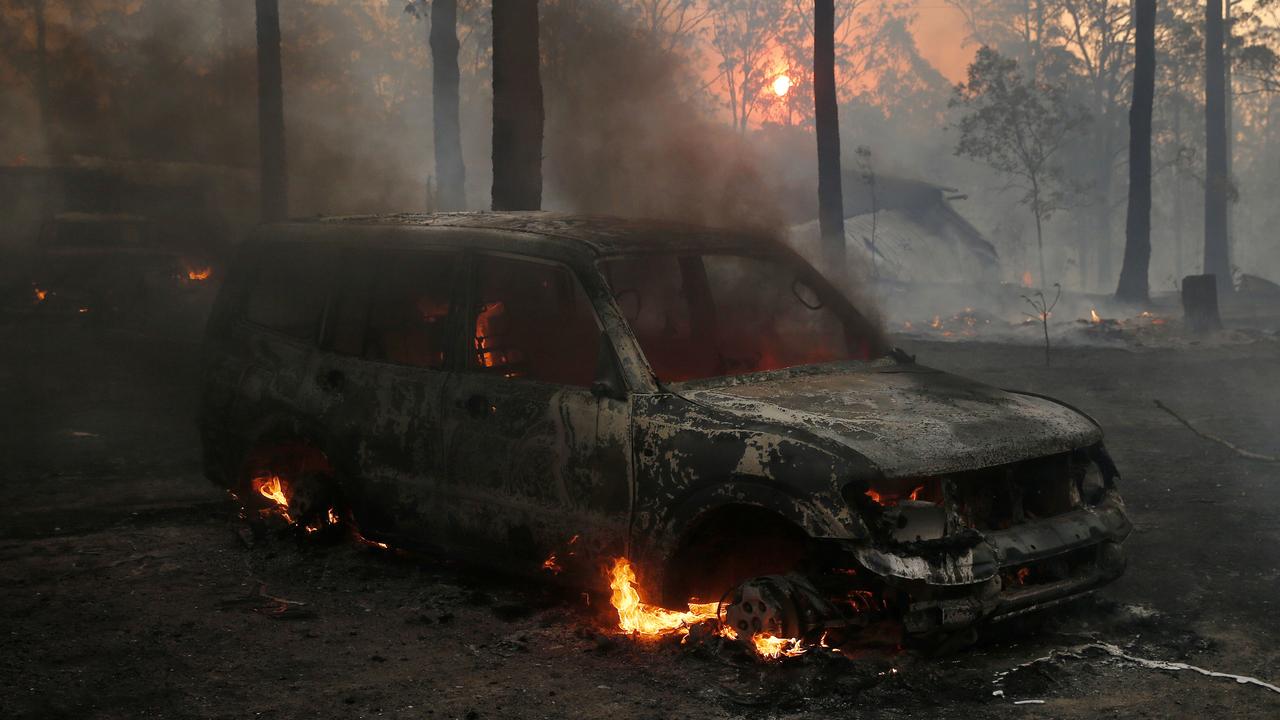
To get all this working there had to be meetings with people who understand the legislation, as well incentives and penalties for people to do the right thing.
“It doesn’t come for nothing to do at the scale we’re looking at,” Professor Bowman said.
“Back in the day we were running a fire management system that worked perfectly well in a different historical context, it’s not up to speed now with the events unfolding in NSW, which are truly horrifying.
“Everything has got to be new after this, there are going to be inquiries.
“The blaming thing is just ridiculous … it should be about who is going to outbid all the others in providing bigger investment in fuel management. That’s the political debate I’d like to have.”




